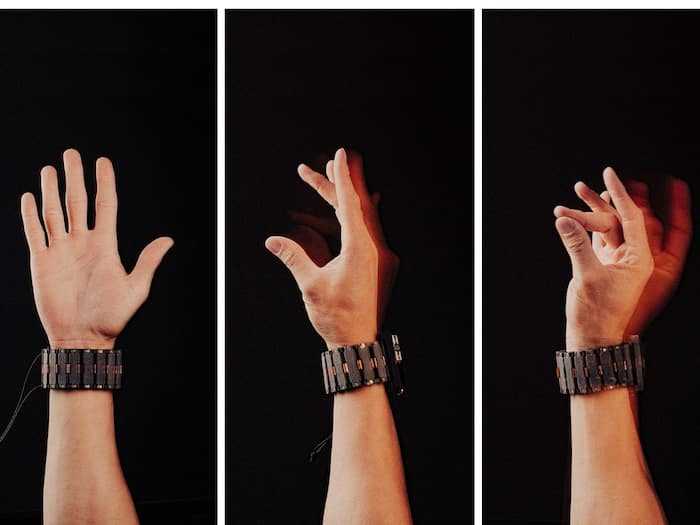
Written By Shubham Arora
Published By: Shubham Arora | Published: Jul 25, 2025, 05:05 PM (IST)

Meta’s Reality Labs showcased a futuristic wristband on Thursday that can detect muscle signals and let users control computers without touching a keyboard or mouse. This technology is known as surface electromyography (sEMG) that reads nerve signals from the wrist to understand gestures like tapping, pinching or even typing.A peer-reviewed article published in Nature highlights how this wearable could redefine human-computer interaction, especially for people with physical limitations. Also Read: Meta Wants Employees To Build The Metaverse 5X Faster Using AI
The wristband picks up neural signals travelling from the brain to the hand muscles and convert them into digital commands using advanced machine learning. For example, a simple finger movement can be interpreted as typing or swiping on a screen – even when there’s no actual contact with a device. Also Read: Meta’s AI Can Now Dub And Translate Instagram And Facebook Reels In Hindi, Portuguese, And More
Meta claims that personalising the technology with a user’s unique data helps improve accuracy by up to 16%. A demo video shows a person writing “Hello World” on a flat surface with just an index finger – no keyboard, pen, or stylus involved. Other actions include moving a cursor or triggering commands with simple hand gestures. Also Read: WhatsApp For iOS Gets A Fresh Liquid Glass Makeover Inspired By iOS 26
As the technology is non-invasive, it doesn’t require physical force or motion. Thus, it could be especially useful for people with conditions like tremors or limited mobility. Meta has partnered with institutions like Carnegie Mellon University to test the wristband’s usability for individuals with disabilities.
To encourage further innovation, Meta has open-sourced previous datasets related to surface typing. Now, a new dataset collected from 300 participants performing three tasks is also available to researchers. The company says the wristband gets smarter over time by learning from how each user interacts with it.